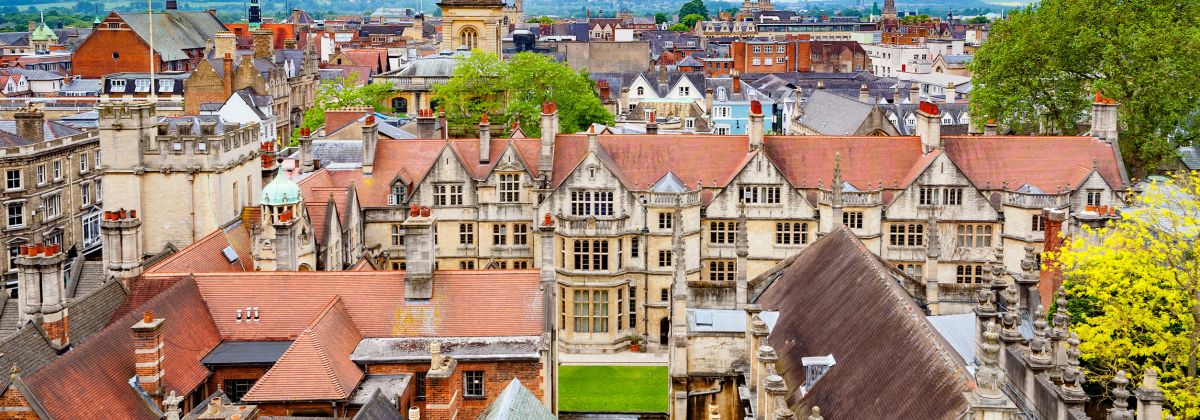Immigration is having a massive impact on our towns and cities

August 13, 2021
- About half of births in key cities are to mothers born overseas
In the period from 1980 to 2000 immigration by non-UK nationals was running at a net level of about 80,000 per year. However, under successive governments since then it has averaged around 300,000 a year.
The effect of this huge and sustained immigration on our towns and cities - the initial destination of most migrants - has been all the greater because of a lower age structure among arrivals and higher birth rates for some groups.
Our new paper (MW493 - Immigration and population change in the UK's towns and cities) examines the impact on the different parts of the UK of the massive level of immigration since 2001 which has led to a doubling of the foreign-born population to about nine million last year.
London is the clearest example. Its population has increased by 1.8 million since 2001, entirely due to immigration, and last year stood at about nine million.
The paper also shows that between 40% and 60% of births in three of the UK’s largest cities – London, Birmingham and Manchester are now to mothers who were born overseas. In Manchester there has been an increase of eight percentage points since 2010 to around 50% in 2019.
Meanwhile, ONS figures also show that a majority of births in Cambridge (57%), Leicester (56%) and in Oxford (53%) are to mothers who were born abroad - rising from less than half a decade ago.
The paper lists the fifteen towns with the highest percentage of overseas-born population. It also points to a number of towns and cities which already have an ethnic minority population which is larger than half, including London (55%), Luton (57%) Leicester (58%) and Slough (69%).
It lists cities which are 40% ethnic minority or more, including Birmingham (48%) and Manchester (42%).
A wider range of towns are currently between 30% and 40% ethnic minority and have experienced significant change in recent years - these include Coventry, Reading, Nottingham and Peterborough.
Changes wrought by mass immigration are linked to a separate but growing divergence between older, more rural populations and younger populations who are more likely to live in cities.
In the North East of England only 12% of pupils in state-funded schools are from an ethnic minority background, while this figure is 38% in the West Midlands and 80% in inner-London.
As a striking illustration of the potential issues caused by educational segregation, in one school visited by the team which prepared Baroness Casey’s 2016 integration audit, pupils believed that the population of Britain was between 50% and 90% Asian, such had been their experience up to that point.
Looking to the future, if recent trends continue, the share of children of other ethnicities in England’s state-funded primary and secondary schools might well become a majority within another 20 years.
To quote Baroness Casey: “As the diversity of the nation has increased…. people from minority groups have become both more dispersed and in some cases more concentrated and segregated.”
The paper concludes that, should very high levels of immigration continue on the scale and at the pace since 2001, there is an increasing potential for the shared understandings that have long undergirded British life to weaken further.
Commenting, Alp Mehmet, Chairman of Migration Watch UK, said:
The rapidly changing nature of our towns and cities poses serious risks for integration and will be a real concern to many in this country. This is not inevitable. We can and must reduce the scale of immigration very considerably if social harmony is to be preserved. We shall be putting forward proposals for achieving this.
